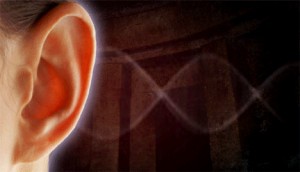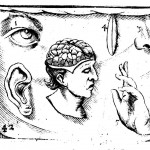Maltese Temple
Mediterranean: 5,200-year-old underground mortuary temple
A word spoken in this room is magnified a hundredfold and is audible
throughout the entire structure. The effect upon the credulous can be
imagined when the oracle spoke and the words came thundering forth
through the dark and mysterious place with terrifying impressiveness.
– William Arthur Griffiths, “Malta and it Recently Discovered Prehistoric Temples”,
National Geographic Magazine, Vol. XXXVII, No. 5
Malta’s subterranean Hal-Saflieni Hypogeum, architecturally intact after five
thousand years, is known to have eerie sound effects. This site’s
architectural features not only mirror the above-ground megalithic buildings,
but also imply a primitive understanding of acoustic behavior. Could this
natural phenomenon lend weight to the theory that the development of
monumental architecture may actually have been prompted by a desire to
manipulate sound effects in a ritual context? Can such remote antiquity hold
new relevance for modern behavior studies?
Preliminary research in the field of Archeoacoustics has shown that
Newgrange and other ancient stone chambers resonate within a narrow
range of sound wave frequency between 90 and 120 Hz. According to a
laboratory study, exposure to a tone within this frequency, particularly at 110-
111 Hz seems to create a shifting of brain function, stimulating an area of the
brain that bio-behavioral scientists believe relates to mood, empathy and
social behavior. A room in the Hal Saflieni Hypogeum known popularly as
“the Oracle Chamber” is suspected to have its strongest resonance at
precisely 110 Hz. It also looks suspiciously like the prehistoric architects
carved in amplifiers.
More will surely be revealed as research is organized at the University of
Malta.
Linda C. Eneix, Old Temples Study Foundation
See further
Jahn, Robert G., et al; “Acoustical Resonances of Assorted Ancient Structures,” Technical
Report PEAR 95002, Princeton University, March 1995.
Devereux, Paul, et al; “Acoustical Properties of Ancient Ceremonial Sites,” Journal of
Scientific Exploration, 9:438, 1995.
Cook, Ian A.; Pajot, Sarah K.; Leuchter, Andrew F., “Ancient Architectural Acoustic
Resonance Patterns and Regional Brain Activity,” Time and Mind, Volume 1, Number 1,
March 2008 , pp. 95-104


